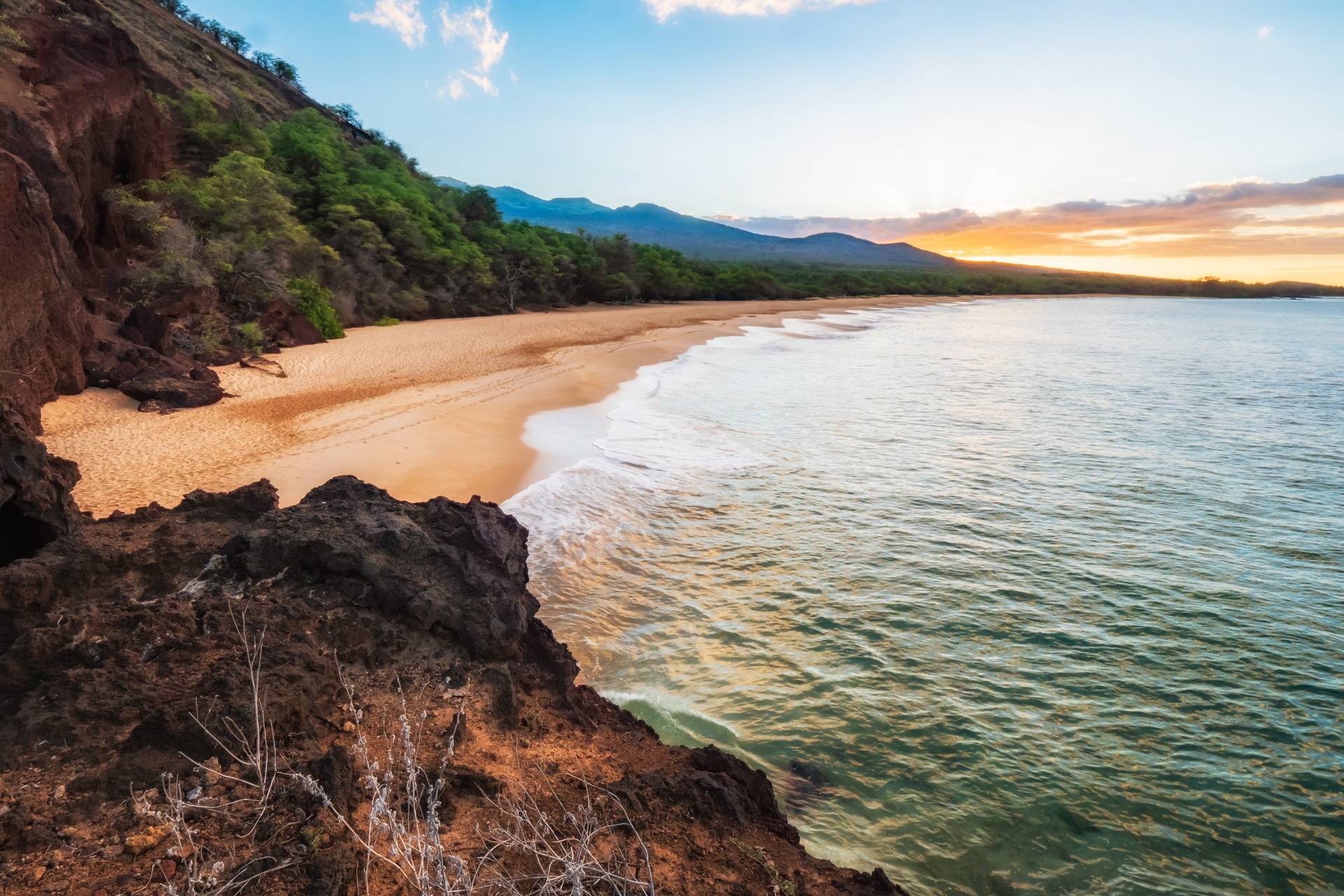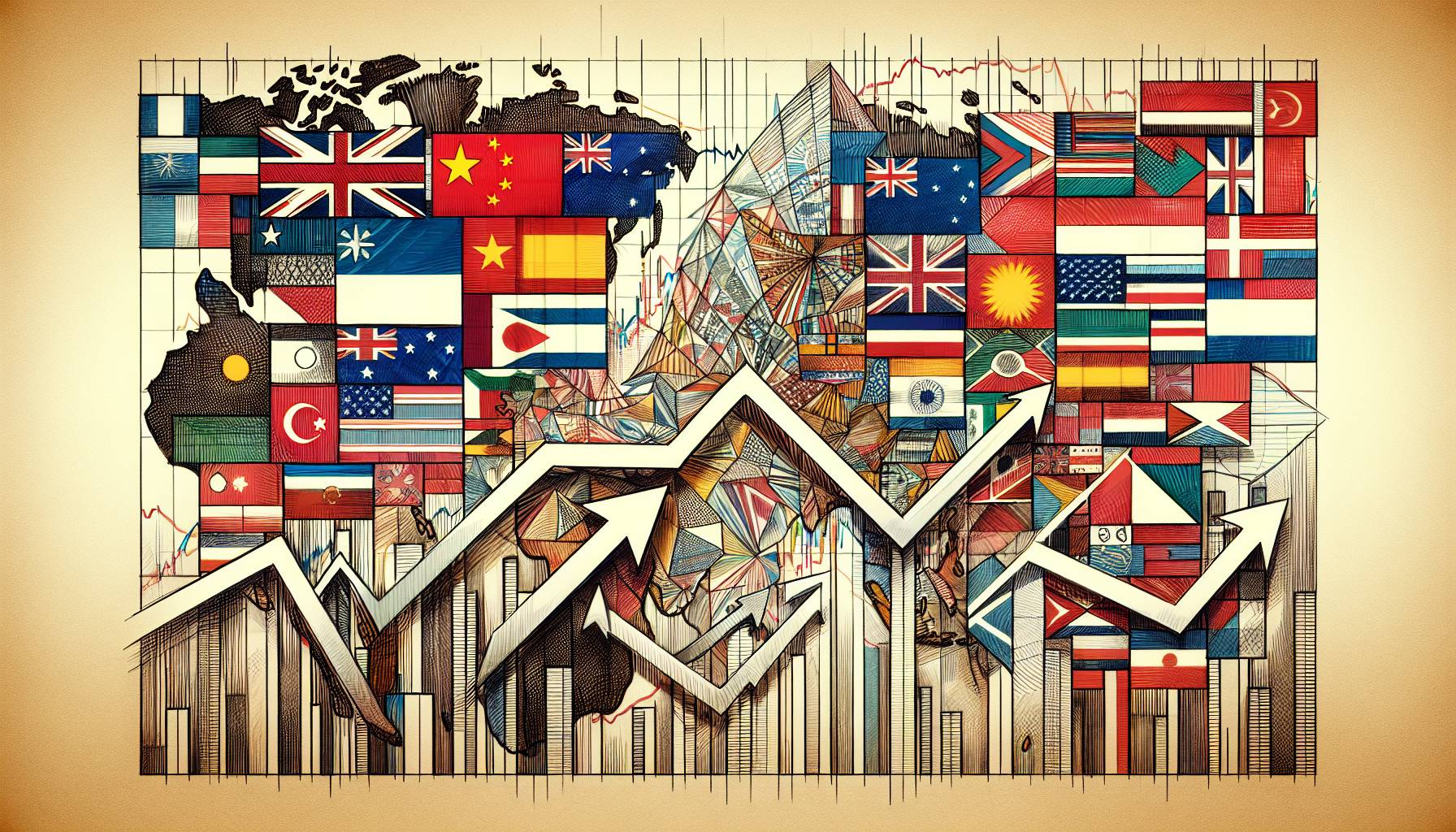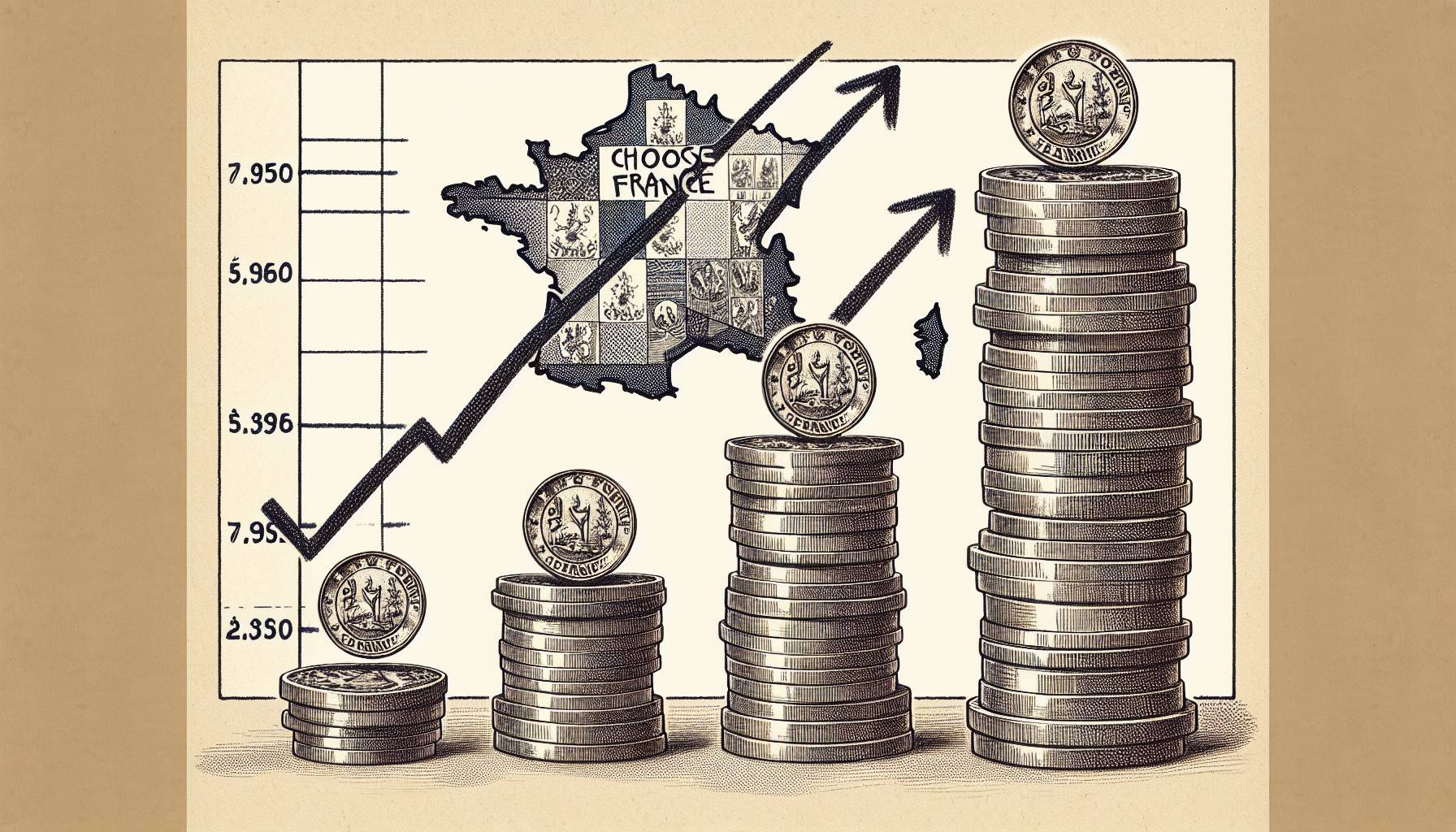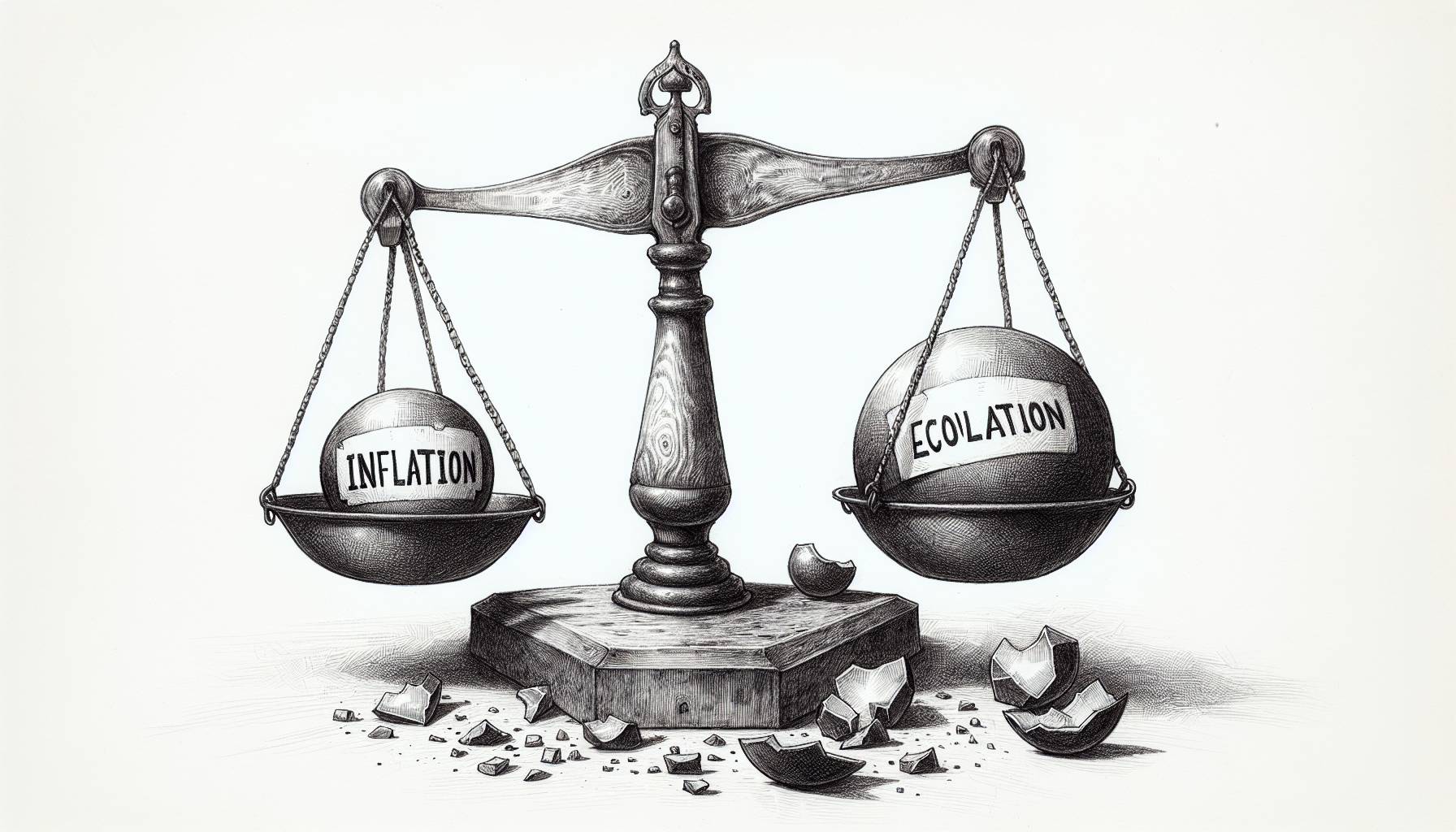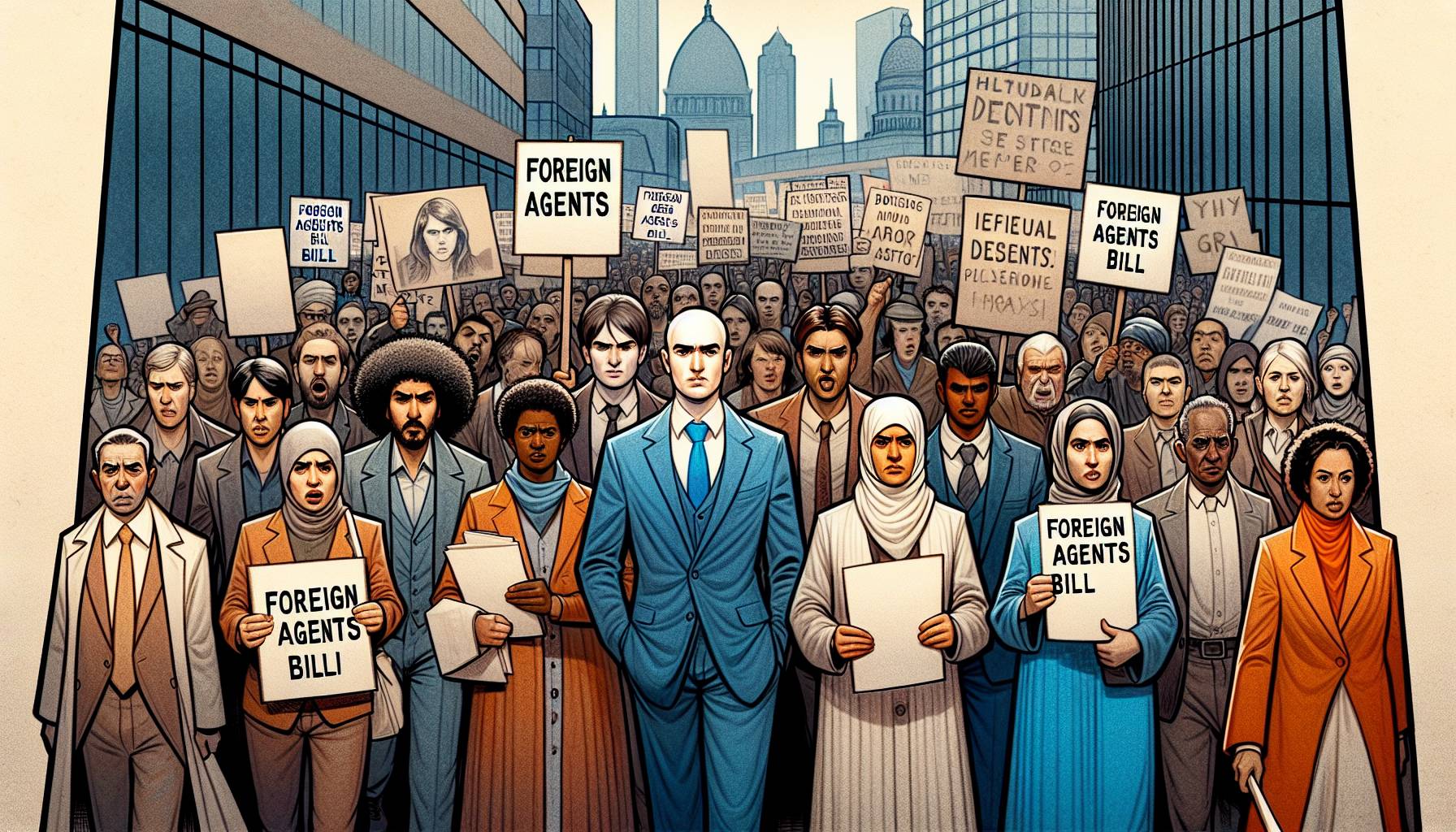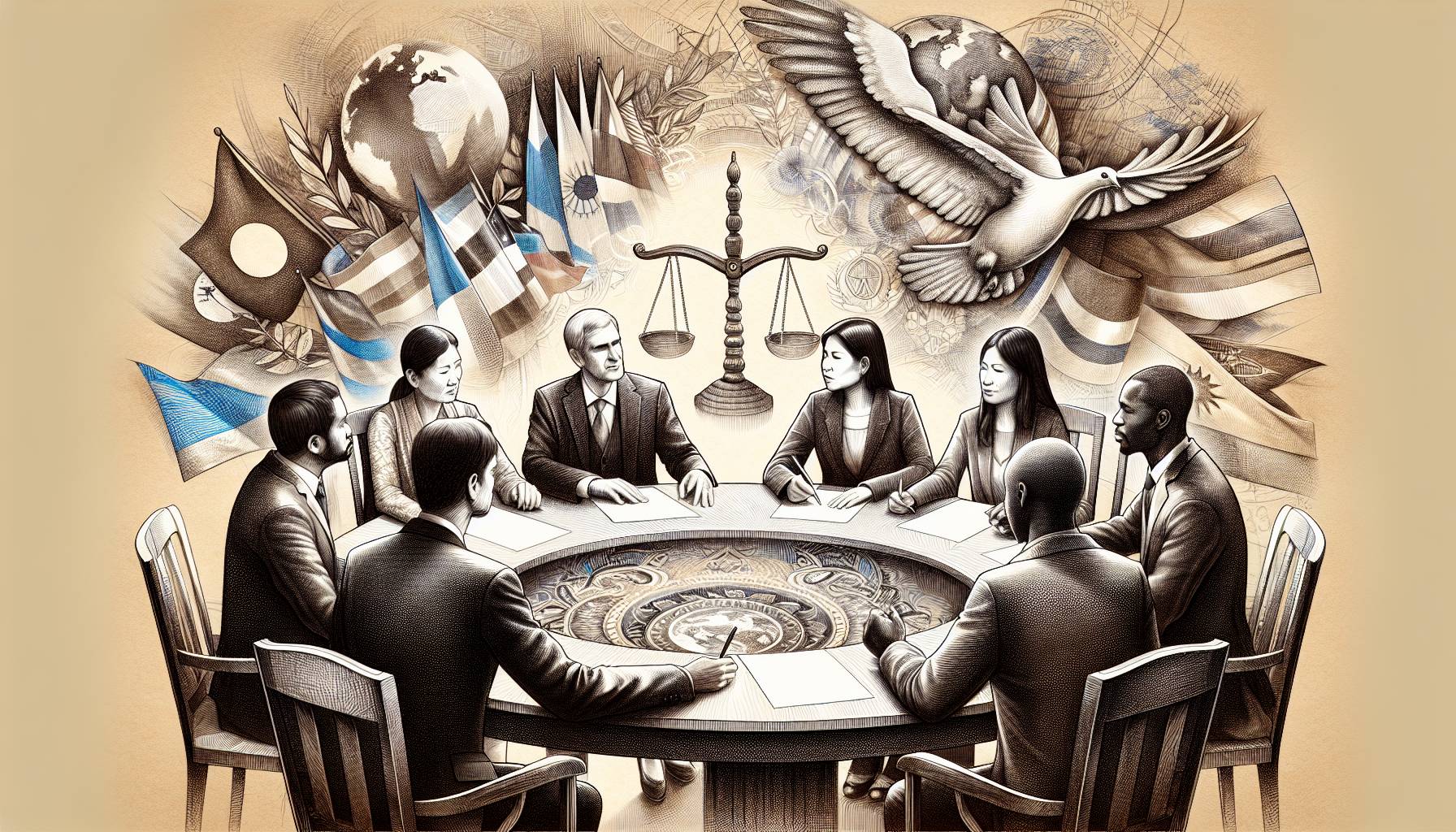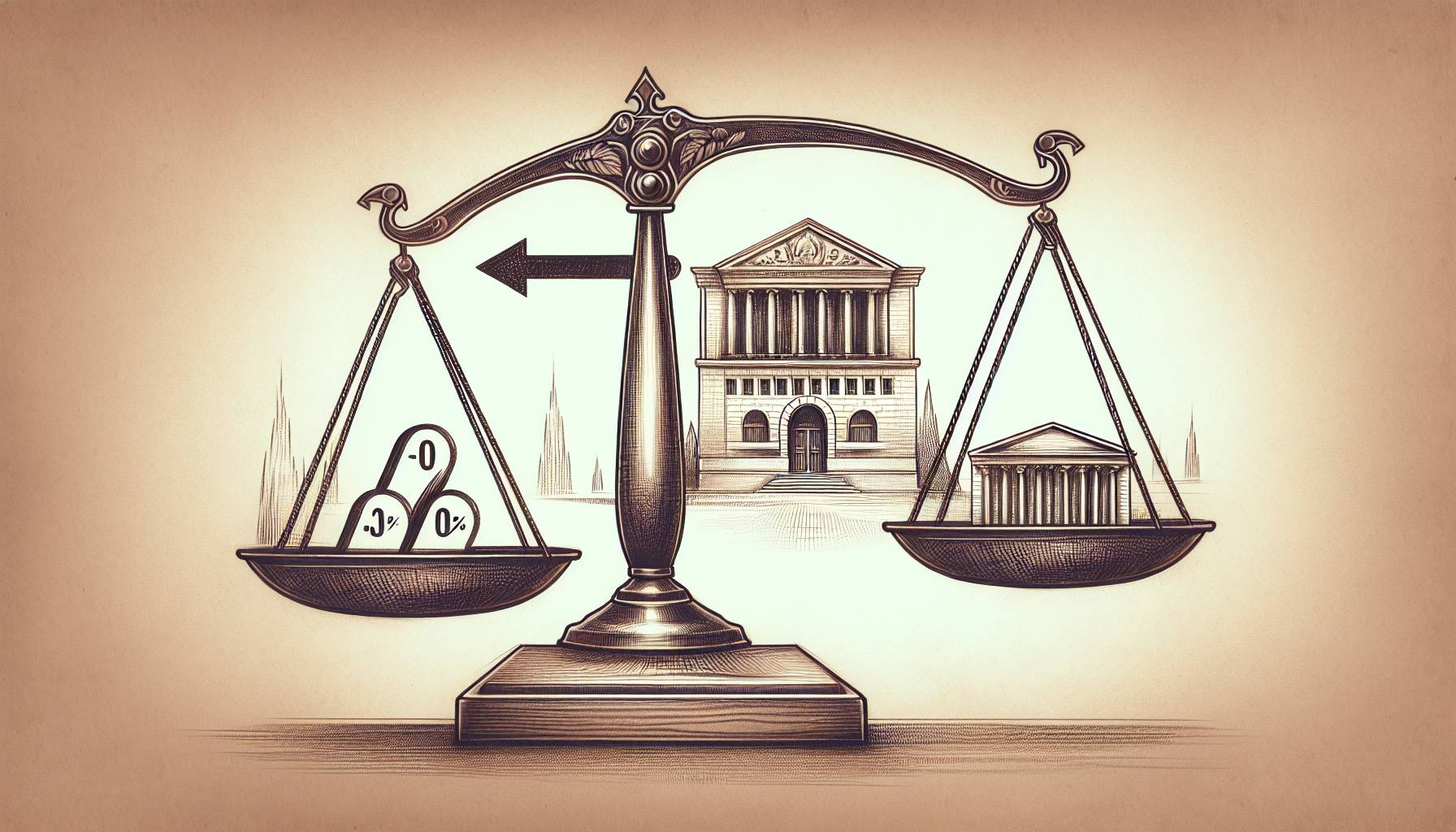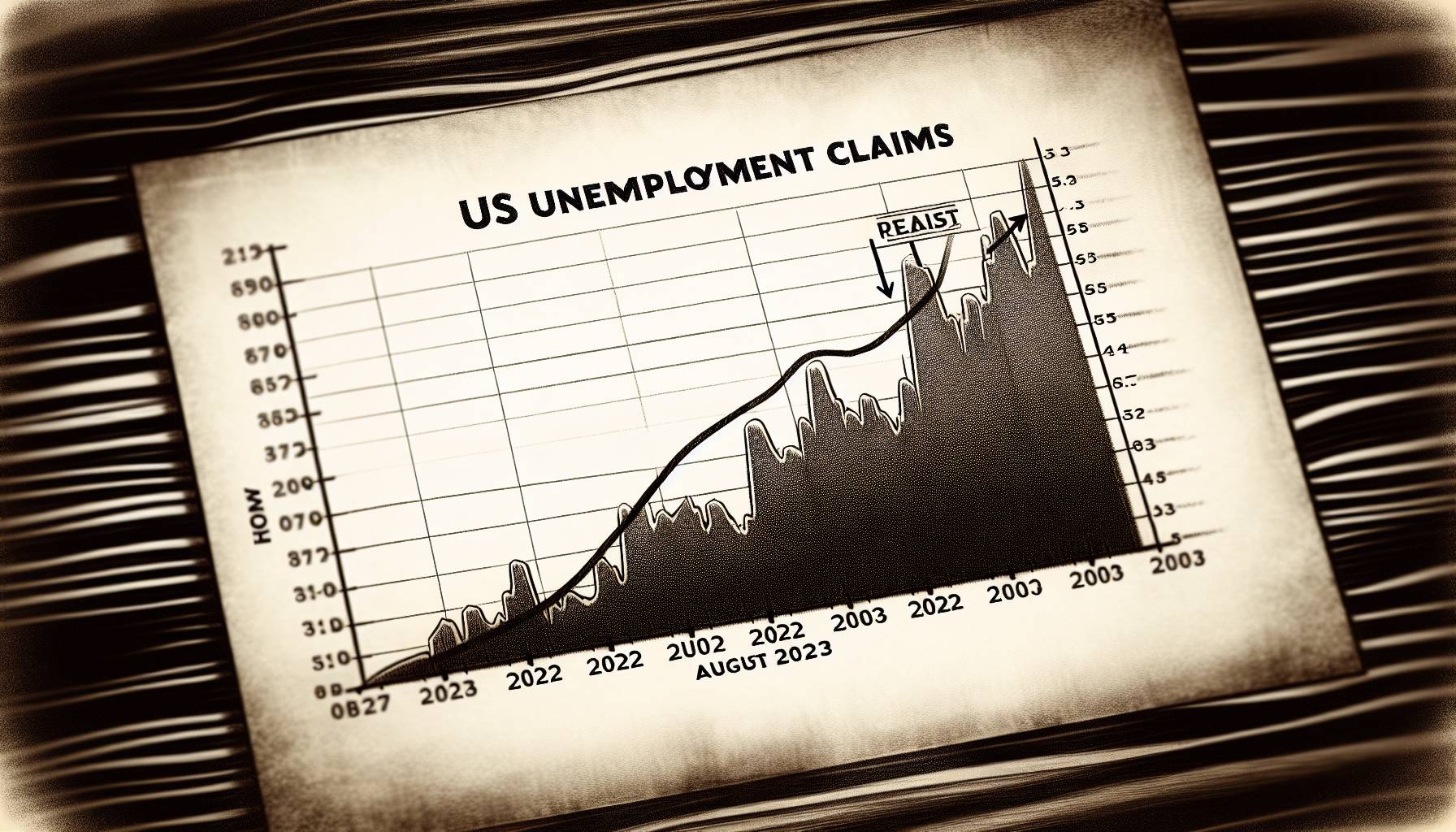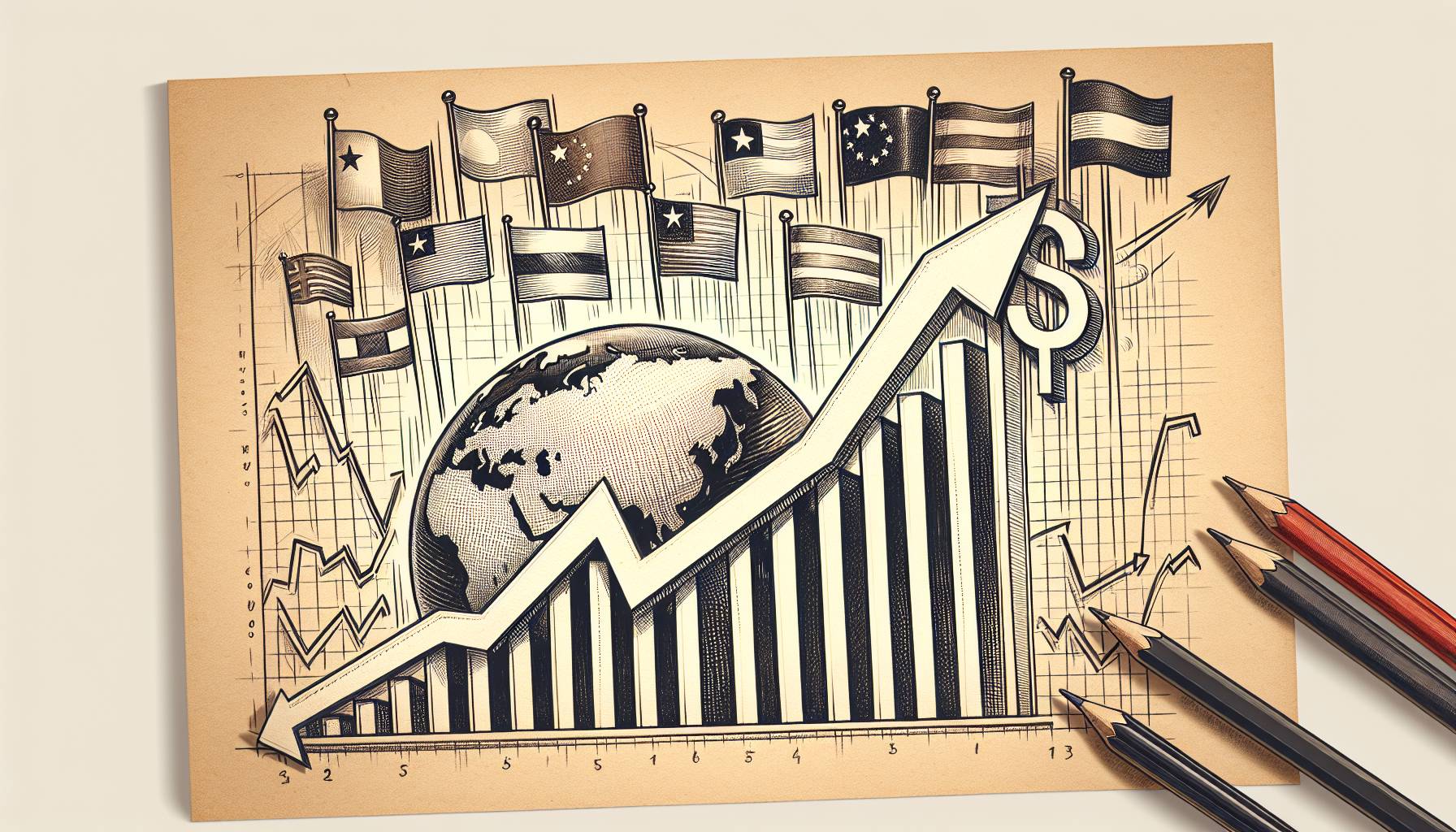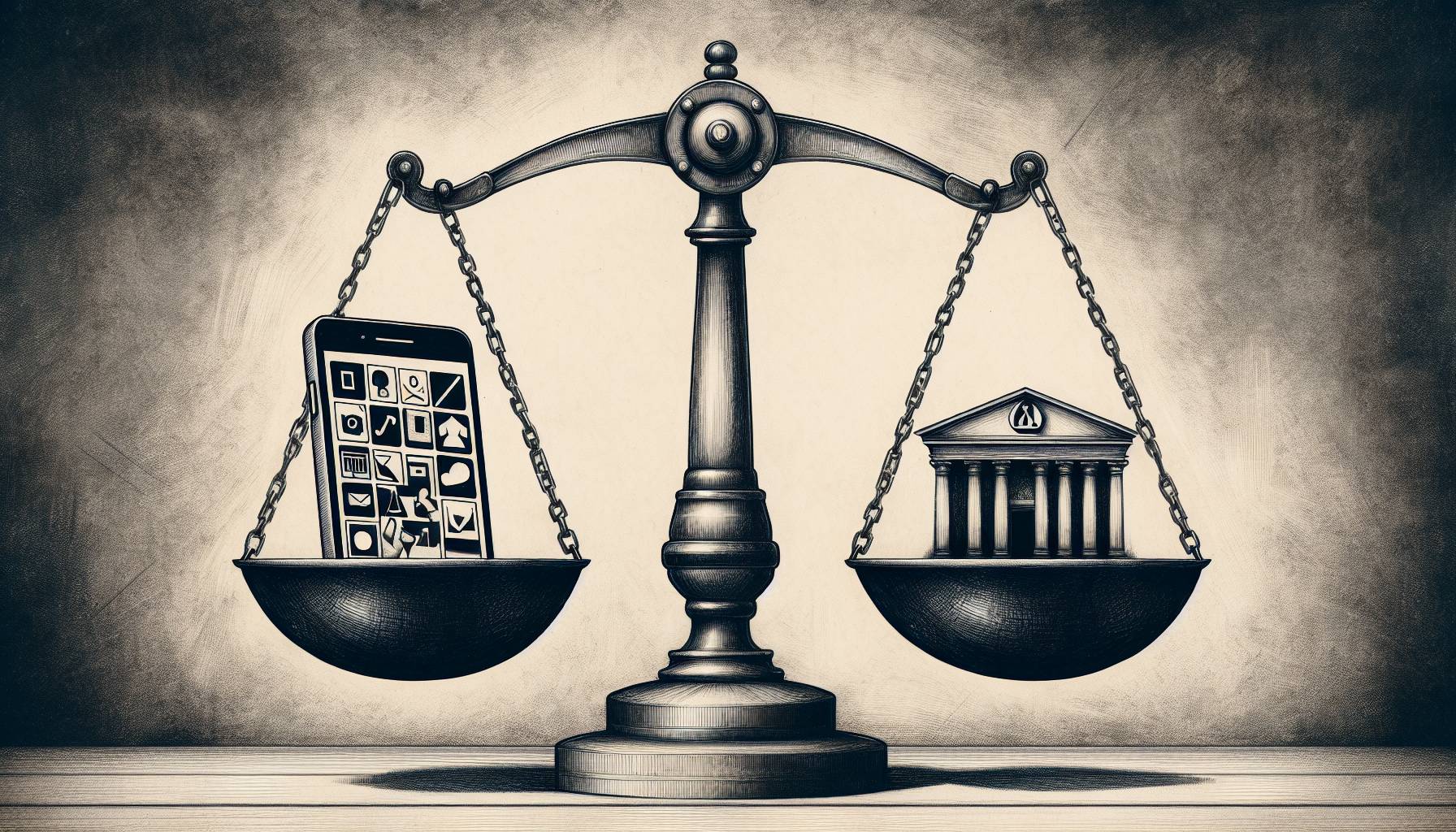The History of Water Conflict in Maui
Maui has a long history of water conflict, dating back to the late 1800s when colonial sugar cane owners diverted water from mountain streams, causing native Hawaiian farms and ecosystems to suffer. It took decades of legal battles for traditional farmers and nature conservation groups to secure enough water flow to revive the island’s landscapes.
One of the key figures in this fight is Hokuao Pellegrino, a seventh-generation Native Hawaiian farmer and president of the water nonprofit Hui O Na Wai Eha. Pellegrino and his community in Wailuku spent years litigating to restore water to Maui’s streams.
Hokuao Pellegrino and his community’s efforts have yielded positive results, with the ecosystem showing signs of healing, from flourishing taro plants to the return of near-shore fisheries and marine life.
The Devastating Impact of Wildfires
However, the recent wildfires in Maui have reignited the water conflict, adding a new layer of complexity to an already contentious issue. As the flames ravaged the island, concerns about water scarcity and availability for firefighting efforts arose.
The West Maui Land Company, a powerful entity on the island, requested the suspension and amendment of Lahaina’s hard-fought water rights to aid firefighting.
Governor Josh Green granted this request, sparking outrage among nature and cultural conservation advocates.
It’s crucial to note that the water supply operated by Maui County, not the developer, is responsible for providing water to firefighters. County officials attribute the loss of water pressure during the blaze to melted pipes and powerless pumps, while strong winds made helicopter water drops ineffective, rendering reservoir levels irrelevant.
Despite these facts, the blame for the perceived water shortage fell onto the shoulders of Pellegrino and his fellow taro farmers.
Water Rights and the Fight for Restoration
The controversy surrounding water rights highlights the ongoing struggle between different stakeholders in Maui.
The West Maui Land Company’s request to divert water from the streams jeopardizes the progress in restoring the island’s ecosystems. Native Hawaiians and locals fear that this decision is reminiscent of historical colonization, as it undermines their connection to the land and perpetuates a cycle of exploitation.
Pellegrino and his supporters argue that the people of Lahaina should lead the restoration efforts. They emphasize the importance of involving Native Hawaiians and local communities in decision-making processes that will shape the island’s future.
Their goal is to ensure that the next seven generations can enjoy the bountiful resources that once defined Maui.
Looking Ahead: A Call for Collaboration
As Maui grapples with the aftermath of the wildfires and the ongoing water conflict, there is a pressing need for collaboration and thoughtful decision-making. Balancing the needs of both humans and the environment requires careful consideration and an inclusive approach.
It is essential to find sustainable solutions that prioritize water conservation while also addressing the community’s immediate needs.
The battle for water rights in Maui serves as a stark reminder of the interconnectedness between humans and the natural world. Preserving the island’s fragile ecosystems and ensuring access to freshwater resources is crucial not only for the well-being of the people but also for the survival of the unique flora and fauna that call Maui home.
Conclusion
The battle for water rights in Maui is a complex and multifaceted issue that has far-reaching implications for the island’s environment and its people. As the wildfires and their aftermath continue to pose challenges, it is crucial to find sustainable solutions that balance human needs with the preservation of Maui’s fragile ecosystems.
By fostering collaboration and inclusive decision-making, the island can work towards a future where water scarcity and conflict are replaced by responsible resource management and a shared vision for the well-being of both the community and the environment.
FAQ
Q: How did water scarcity become a contentious issue in Maui?
A: Water scarcity in Maui has been a contentious issue due to historical factors such as colonial sugar cane owners diverting water from mountain streams, leading to the drying up of native Hawaiian farms and ecosystems.
Legal battles have ensued, resulting in the restoration of water flow to these areas. However, recent wildfires have reignited the conflict, as requests to divert water for firefighting purposes have sparked controversy and raised concerns about the balance between human needs and environmental conservation.
Q: Who is involved in the fight for water rights in Maui?
A: The fight for water rights in Maui involves various stakeholders, including the West Maui Land Company, native Hawaiian farmers like Hokuao Pellegrino, nature conservation groups, and local communities.
These groups have differing perspectives on the allocation of water resources, with some prioritizing human needs and others advocating for the restoration and preservation of the island’s ecosystems. The ongoing conflict highlights the need for collaboration and inclusive decision-making processes.
Q: What are the potential implications of the water conflict in Maui?
A: The water conflict in Maui has far-reaching implications for both the environment and the people who rely on its resources. Diverting water away from streams and ecosystems can disrupt the delicate balance of the island’s flora and fauna, potentially leading to biodiversity loss and environmental degradation.
Additionally, the conflict raises concerns about historical injustices and the perpetuation of colonization, as native Hawaiians and locals fight to maintain their connection to the land and ensure sustainable resource management for future generations.
Q: How can a balance be achieved between human needs and environmental conservation in Maui?
A: Achieving a balance between human needs and environmental conservation in Maui requires collaboration and a comprehensive approach. It is crucial to involve all stakeholders, including native Hawaiians, local communities, developers, and conservationists, in decision-making processes.
Sustainable solutions that prioritize water conservation while also addressing the community’s immediate needs should be explored.
By working together and considering the long-term impacts, Maui can strive towards a future where both humans and the environment thrive.
First Reported on: cnn.com
Featured Image provided by: James Wheeler; Pexels – Thank you!

